#pagan Europe
Text

Weles / Veles
13 notes
·
View notes
Text

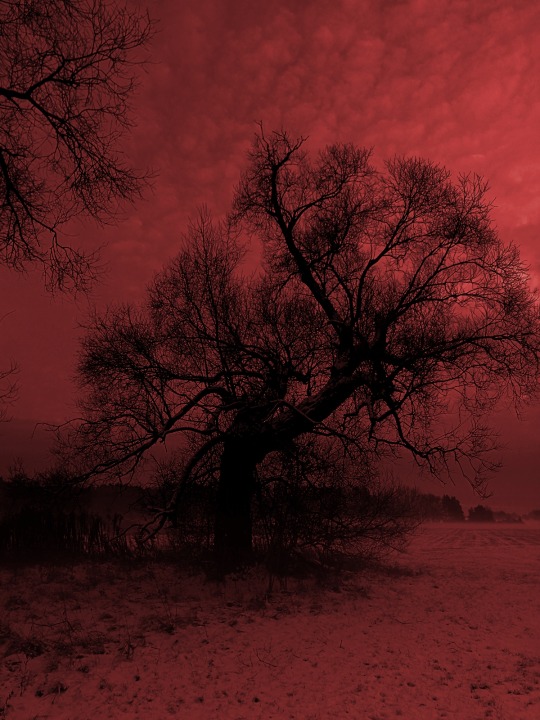
Throne of the lunar soul
#my photography#my photo#photography#nature#dark#trees#occult#magic#pagan#snow#winter#cold#black and white photography#black and white#red#slavic#nordic#poland#polska#europe#landscape#mood#atmosphere#atmospheric black metal#black metal#folk
713 notes
·
View notes
Text
Medieval Hermitage atop Katskhi Pillar, in Georgia (South Caucasus), c. 800-900 CE: this church was built during the Middle Ages; it sits atop a limestone column that has been venerated as a "Pillar of Life" for thousands of years
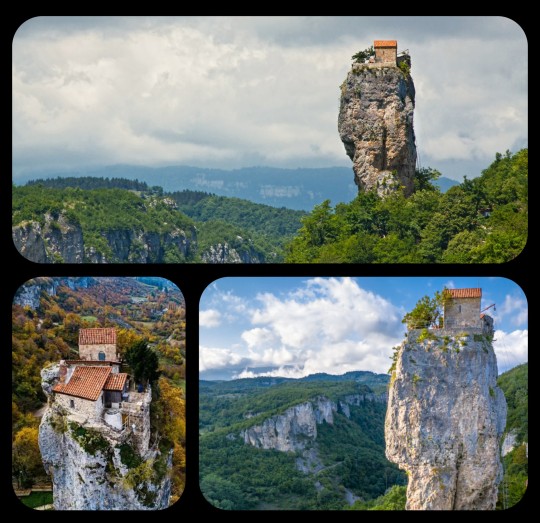
Known as Katskhi Pillar (or Katskhis Sveti), this enormous block of limestone is located in western Georgia, about 10km from the town of Chiatura.
The church that stands atop Katskhi Pillar was originally constructed during the 9th-10th century CE. It was long used as a hermitage for Stylites, who are sometimes referred to as "Pillar Saints" -- Christian ascetics who lived, prayed, and fasted atop pillars, often in total isolation, in an effort to bring themselves closer to God. This tradition originated in Syria during the 5th century CE, when a hermit known as Simeon the Elder purportedly climbed up onto a pillar and then stayed there for nearly 40 years, giving rise (no pun intended) to the Stylites. Stylitism managed to survive for about 1,000 years after its inception, but it gradually began to die out during the late Middle Ages, and by the end of the 16th century, it had essentially gone extinct.
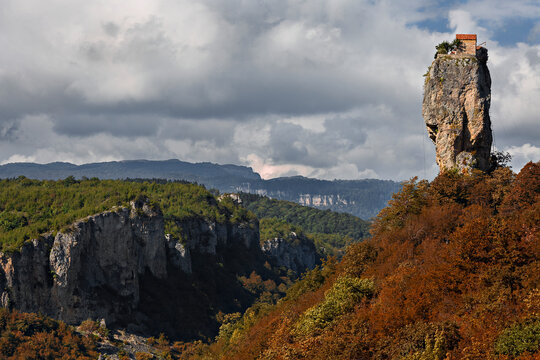
Researchers don't really know how the monks originally gained access to the top of Katskhi Pillar, or how they were able to transport their building materials up to the top of the column. There's evidence that the Stylites were still living at Katskhi Pillar up until the 15th century, but the site was then abandoned shortly thereafter. This was the same period in which Georgia came under Ottoman rule, though it's unclear whether or not that may have played a role in the abandonment of the site.
The hermitage continued to lay abandoned for nearly 500 years after that. No one had been able to gain access to the top of the pillar, and very little was even known about the ruins that lay scattered at the top, as knowledge about the site's origin/history was gradually lost. There are many local legends that emerged as a way to fill in those blanks.
The site was not visited again until July 29th, 1944, when a mountaineer finally ascended to the top of the column with a small team of researchers, and the group performed the first archaeological survey of the ruins. They found that the structure included three hermit cells, a chapel, a wine cellar, and a small crypt; within the crypt lay a single set of human remains, likely belonging to one of the monks who had inhabited the site during the Middle Ages.
A metal ladder (the "stairway to Heaven") was ultimately installed into the side of the pillar, making it much easier for both researchers and tourists to gain access to these ruins.

The hermitage at the top of Katskhi Pillar actually became active again in the early 1990's, when a small group of monks attempted to revive the Stylite tradition. A Georgian Orthodox monk named Maxime Qavtaradze then lived alone at the top of Katskhi Pillar for almost 20 years, beginning in 1995 and ending with his death in 2014. He is now buried at the base of the pillar.
While the hermitage is no longer accessible to the public, and it is currently uninhabited, it's still visited by local monks, who regularly climb up to the church in order to pray. There is also an active monastery complex at the base of the pillar, where a temple known as the Church of the Simeon Stylites is located.

The Church of the Simeon Stylites: this church is located within an active monastery complex that has been built at the base of the pillar; several frescoes and religious icons decorate the walls of the church, and a small shrine containing a 6th century cross is located in the center
There are many lingering questions about the history of Katskhi Pillar, particularly during the pre-Christian era. There is at least some evidence suggesting that it was once the site of votive offerings to pagan deities, as a series of pre-Christian idols have been found buried in the areas that surround the pillar; according to local tradition, the pillar itself was once venerated by the pagan societies that inhabited the area, but it's difficult to determine the extent to which these claims may simply be part of the mythos that surrounds Katskhi Pillar, particularly given its mysterious reputation.
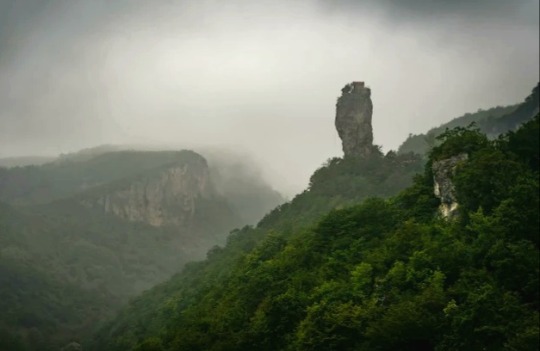
Sources & More Info:
BBC: Georgia's Daring, Death-Defying Pilgrimage
CNN: Katskhi Pillar, the Extraordinary Church where Daring Monks Climb Closer to God
Radio Free Europe: Georgian Monk Renews Tradition, Lives Atop Pillar
Architecture and Asceticism (Ch. 4): Stylitism as a Cultural Trend Between Syria and Georgia
Research Publication from the Georgian National Museum: Katskhi Pillar
Journal of Nomads: Katskhi Pillar, the Most Incredible Cliff Church in the World
Georgian Journal: Georgia's Katskhi Pillar Among World's 20 Wonderfully Serene and Secluded Places
#archaeology#history#anthropology#artifact#medieval architecture#medieval church#Stylites#asceticism#georgia#sakartvelo#katskhi pillar#religion#travel#monastery#paganism#caucasus#medieval europe#christianity#strange places
448 notes
·
View notes
Text

Hypatia by Julius Kronberg
#hypatia#art#julius kronberg#philosophy#philosopher#scrolls#alexandria#history#antiquity#roman#roman empire#egypt#neoplatonist#astronomer#mathematician#europe#european#eastern roman empire#paganism#pagan#ancient greece#ancient rome#greek#ancient greek#neoplatonism
109 notes
·
View notes
Photo








Heilung | Anoana
2K notes
·
View notes
Text
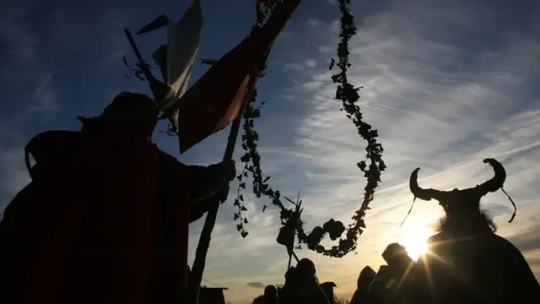
"The myth is a celebration in word; the rite is a declaration in action".
-Gerardus van der Leeuw.
#van der Leeuw#myth#rite#religion#european culture#europe#mircea eliade#Joseph campbell#carl jung#tradition#julius evola#alain de benoist#paganism#archetypes#worship#european traditions
94 notes
·
View notes
Text

The Frosty Scottish Highlands
#scottish highlands#snow#scotland#ireland#highlands#celtic witch#celts#europe#scottish winter#winter#european winter#paganism#black metal
302 notes
·
View notes
Text

#african#afrakan#kemetic dreams#africans#brownskin#afrakans#brown skin#african culture#afrakan spirituality#kemet#Egypt#ancient egypt#ta meri#epic video#Greek#hellenic pagan#hellenic polytheism#hellenism#western europe
36 notes
·
View notes
Text
I'm a bit upset that Eastern European paganism is portrayed as some kind of bloody barbarianism when it's 90% close to shintoism, we have just different names for kami and festivals. Yeah, we may have some weird rituals, but in Japan, they have a tradition of eating the bones of the cremated relative - and no one calls them uneducated barbarians??
31 notes
·
View notes
Text

The Dagda
#celtic#pagan#irish#paganism#witch#scottish#celtic mythology#fantasy#art#pagan art#ireland#scotland#european#tradition#indo european#traditional#drawing#sketch#europe#heathen#polytheism#god#the gods
138 notes
·
View notes
Text

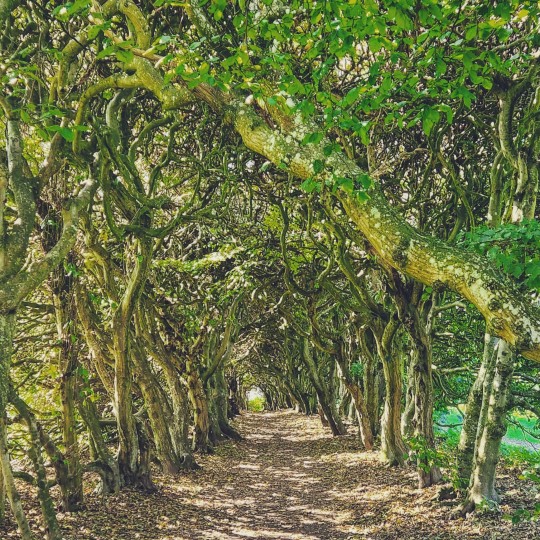
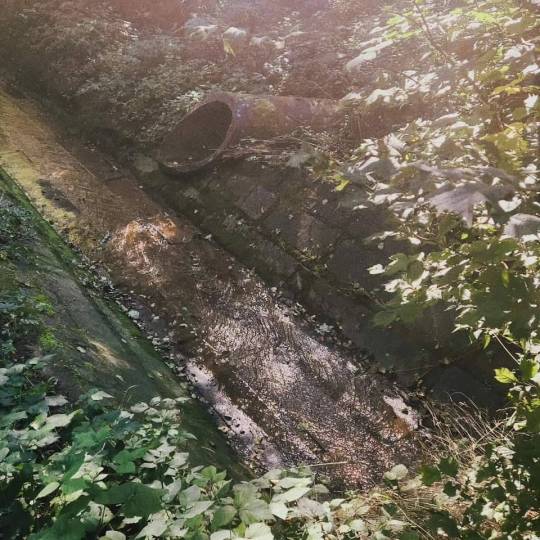


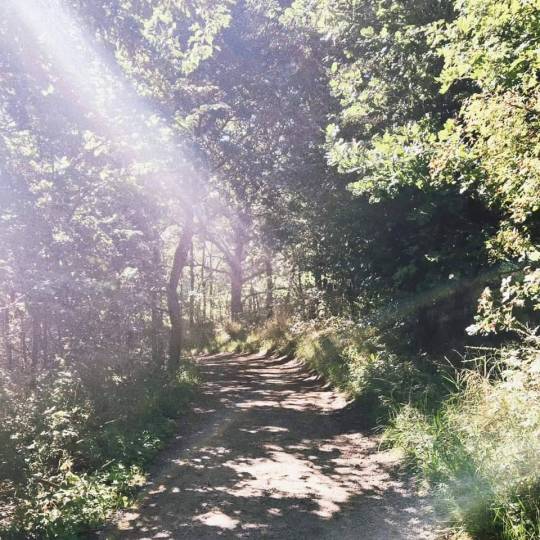



I'm making this post to introduce myself and try to find people who are similar to myself, I don't really know what I'm doing, I want to find a bosom friend perhaps but I don't know. I both reach out for and shy away from human connection.
But either way maybe you'll like my pictures
I'm a 28 year old woman who lives in Sweden and plays in the forest and loves to read and write (poetry and a fantasy novel I've been writing for some years now) I love Norse Paganism and animals and farms and I recently started drawing and I hope to make a friend of some kind.
37 notes
·
View notes
Text
Veles - Weles - God of the Slavic Underworld/ Magic and Cattle

He is considered the god of law and oaths (all people swore by his name, only warriors swore by Perun), art and crafts, as well as magic and fortune telling, which is inferred from the existence of the so-called Volkhs, i.e. magicians and fortune tellers, also called Veles sorcerers. Weles is no stranger to contact with poetry and singers, as evidenced by the bard Bojan, who was inspired by the same god, and in "The Word on Igor's Expedition" he is called Weles's grandson.
He is considered the lord and supreme guardian of cattle, which in the Slavic region was a reflection and measure of wealth and prosperity (which again indicates belonging to the category of chthonic deities, as they are also associated with the fertility of the earth). He has the power to protect his herd from wild animals.
One of Weles' main "tasks" is to rule over a land called Nawia, which is the Slavic underworld/afterlife.
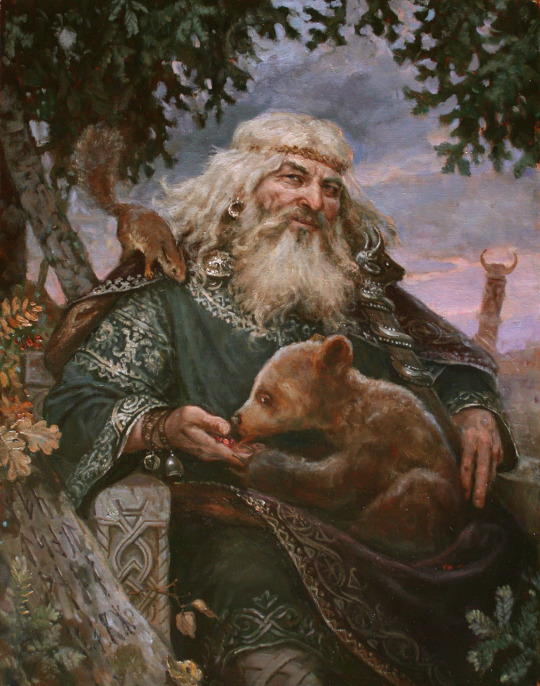
#mine#pagan europe#pagan polish gods#pagan poland#paganism#pagan#veles#weles#polscy bogowie#bogowie słowian
4 notes
·
View notes
Text




Places that hide a dark past
#my photography#my photo#my edits#forest#dark forest#nature#cabin#abandoned#pagan#photography#atmosphere#mood#ritual#dark art#occult#dark photo#poland#polska#europe#landscape
480 notes
·
View notes
Text
This is interesting. Not often a completely unknown cult is found. Seems pretty widespread, too. How'd we miss that one?
18 notes
·
View notes
Text

Pastoral by Rupert Bunny
#rupert bunny#art#pastoral#mythology#mythological#allegory#music#pipe#flute#flutes#pagan#pagans#paganism#arcadia#arcadian#vermilion#poppy#poppies#vermilion poppies#flowers#flower#nature#melody#melodies#pan#classical#neoclassical#neoclassicism#europe#european
93 notes
·
View notes
Text
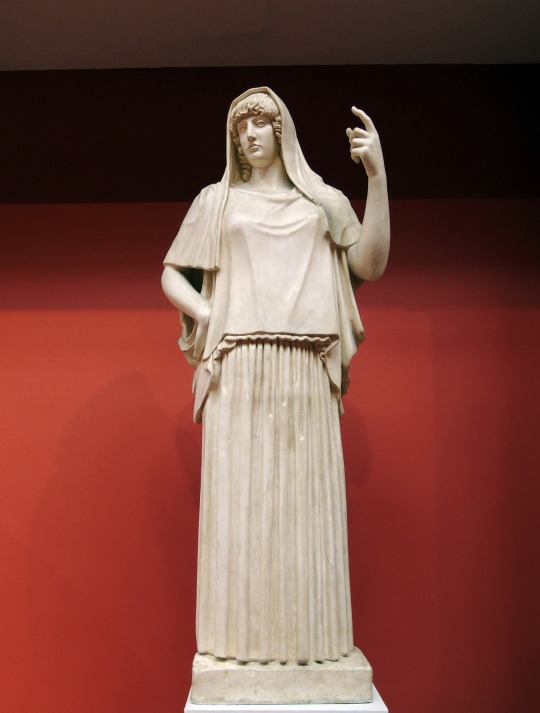
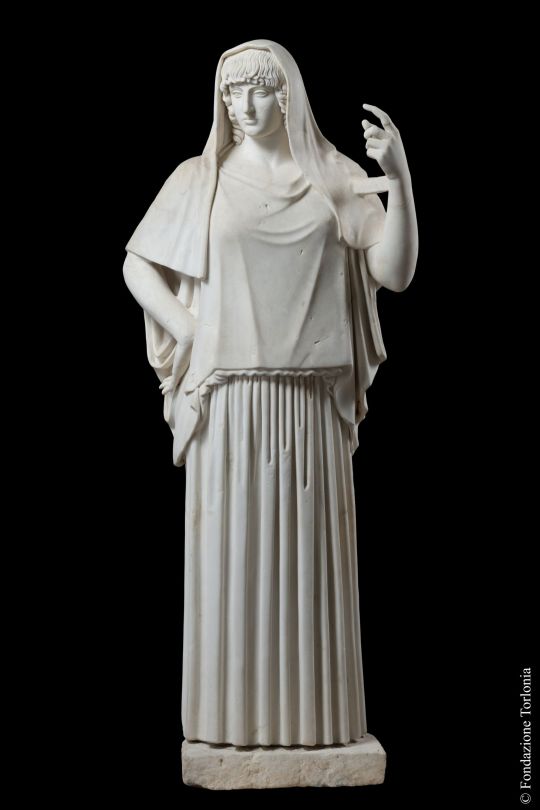
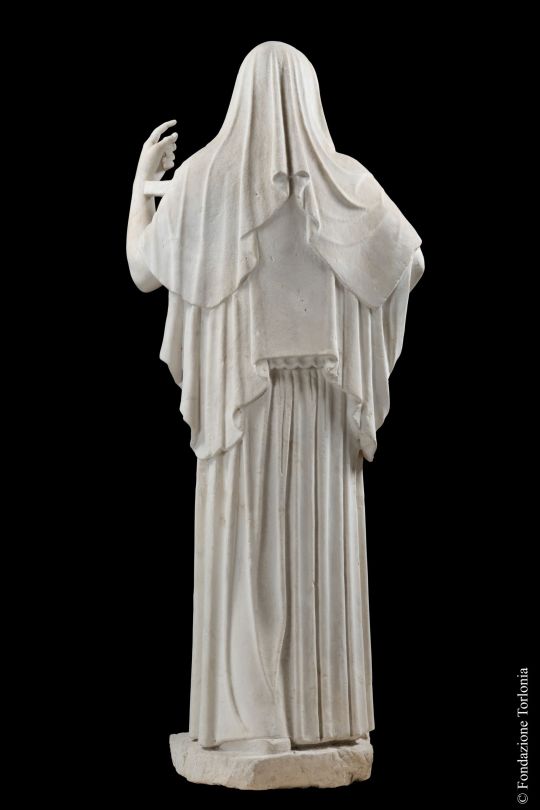

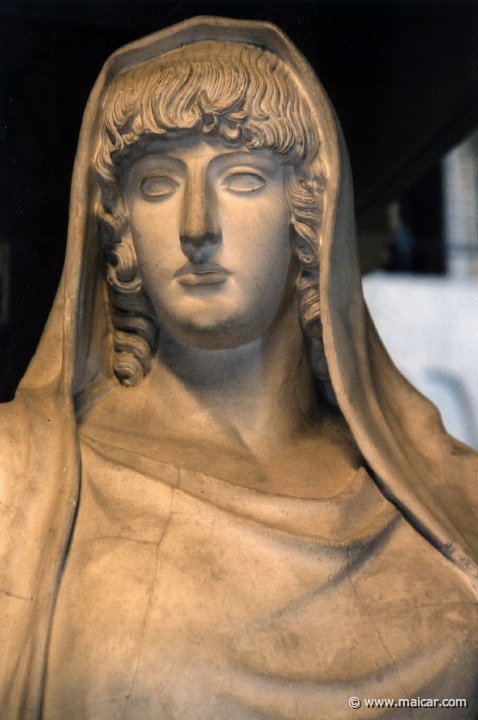
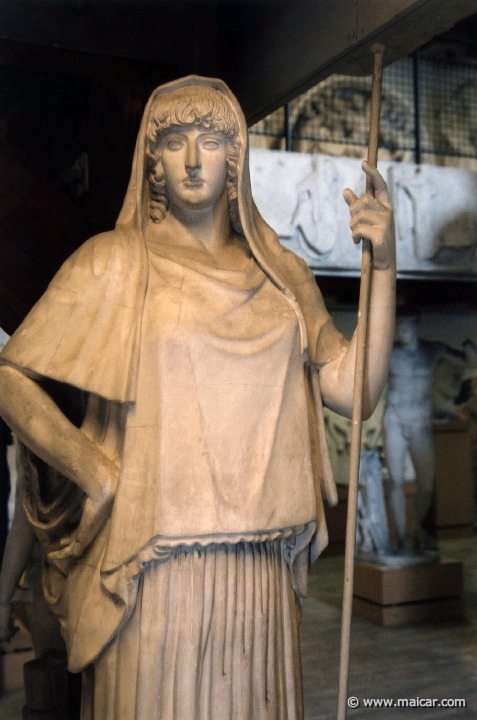
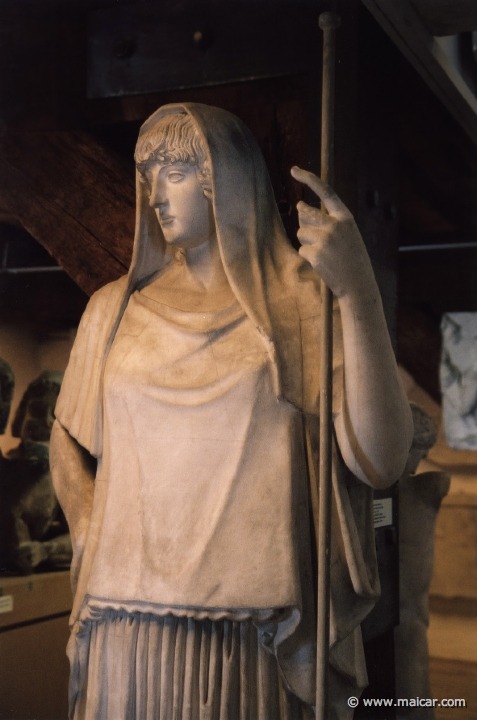
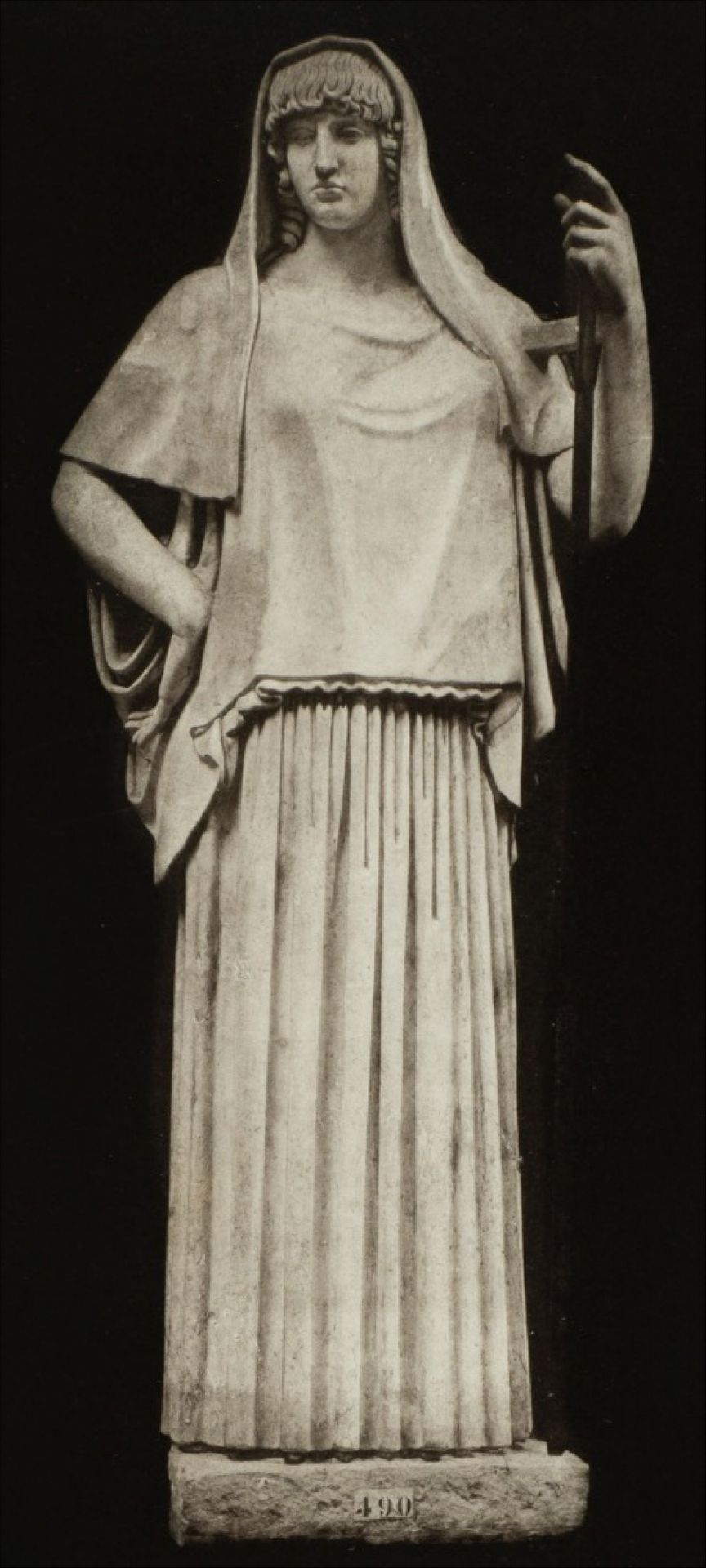
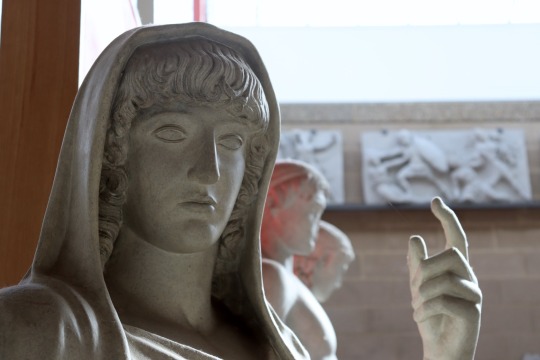

Hestia Giustiniani, 2nd C. CE Roman copy of a Hellenic original 460 BCE
"The Scythians then have what most concerns them ready to hand. It remains now to show the customs which are established among them. The only Gods whom they propitiate by worship are these: Hestia in especial, and secondly Zeus and Earth, whom they deem to be the wife of Zeus; after these, Apollo, and the Heavenly Aphrodite, and Heracles, and Ares. All the Scythians worship these as Gods; the Scythians called Royal sacrifice also to Poseidon. In the Scythian tongue Hestia is called Tabiti: Zeus (in my judgment most rightly so called) Papaeus; Earth is Apia, Apollo Goetosyrus, the Heavenly Aphrodite Artimpasa, and Poseidon Thagimasadas. It is their practice to make images and altars and shrines for Ares, but for no other God."
-Herodotus, The Histories: Book 4, Chapter 59
#hestia#ancient greece#scythian mythology#antiquities#sculpture#statue#history#literature#european art#pagan#paganism#art#europe#herodotus
267 notes
·
View notes